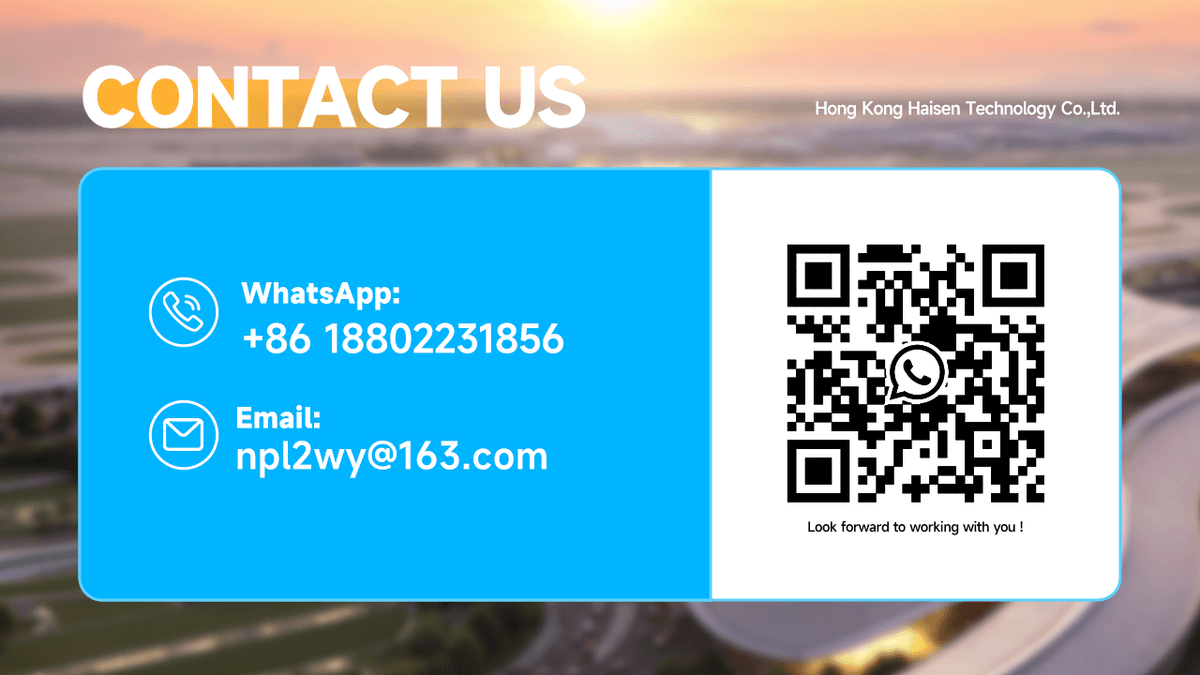In today’s world, where drones are part of daily life—from delivery services to recreational use—a reliable
drone detection system is no longer a luxury but a necessity for safety and security. These systems act as the first line of defense against unauthorized or malicious drones, protecting sensitive areas, public spaces, and critical infrastructure from potential threats. As drone technology becomes more accessible and capable, the need for robust, real-time monitoring tools has never been greater. This blog dives into how modern drone detection systems work, their key components, industry applications, and how to choose the right solution for your needs—with a focus on cutting-edge radar and RF sensor technologies that set the standard in 2025.
What Is a Drone Detection System?
A drone detection system is an integrated network of technologies designed to detect, classify, track, and (in some cases) neutralize unmanned aerial vehicles (UAVs) in a defined airspace. Unlike single-tool solutions, these systems combine multiple technologies to eliminate blind spots and ensure accuracy—even in challenging environments. The primary goal is to provide real-time situational awareness, allowing security teams or authorities to respond swiftly to unauthorized drone activity, whether it’s a rogue UAV near an airport or a privacy breach at a corporate facility.
At its core, a effective drone detection system must achieve three key objectives:
- Detect: Identify the presence of a drone—even small, low-flying models or those operating in crowded airspace.
- Classify: Distinguish between different types of drones (e.g., commercial delivery drones vs. hobbyist models) and differentiate them from other aerial objects like birds or small aircraft.
- Track: Monitor the drone’s flight path, speed, and altitude in real time, and pinpoint the location of its operator (when possible).
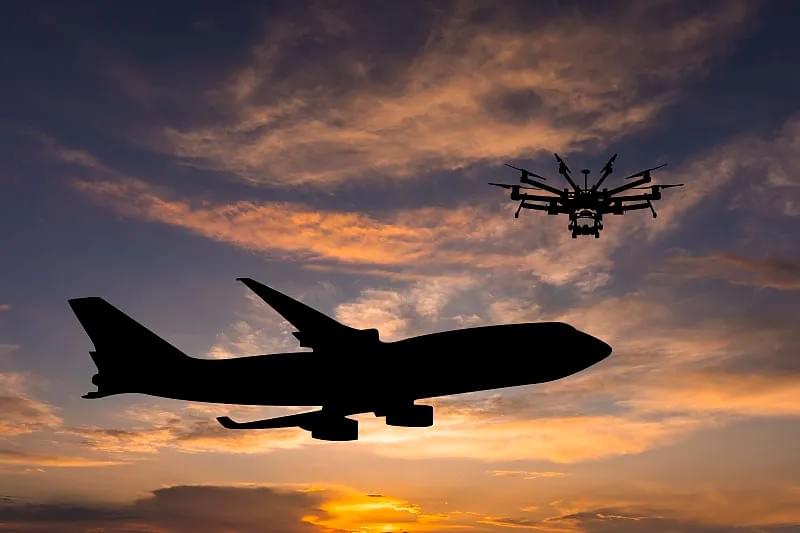
Key Components of a Modern Drone Detection System
No single technology can handle all drone detection challenges. The most effective systems combine four critical components, each addressing specific gaps to create a comprehensive surveillance network. Below is a breakdown of these components and their roles:
1. Drone Detection Radar Systems
Radar is the backbone of long-range, all-weather drone detection. A drone detection radar system uses radio waves to detect flying objects, calculate their distance, speed, and direction, and filter out non-threats (like birds or wind-blown debris). Unlike cameras, radar works 24/7—regardless of light conditions, rain, fog, or snow—and can cover large areas (up to several kilometers) from a single installation.
Modern radar systems for drone detection are engineered to address the unique challenges of UAVs, such as their small size and slow speed. They use two primary frequency bands, each with distinct advantages:
- X-band Radar: Operates at high frequencies (8–12 GHz), providing high resolution to detect small drones (as small as 0.1 square meters) with precision. Ideal for urban areas or small facilities where accuracy is critical.
- L-band Radar: Operates at lower frequencies (1–2 GHz), offering longer range (up to 10 km) and better penetration through weather or foliage. Perfect for large sites like airports, military bases, or rural critical infrastructure.
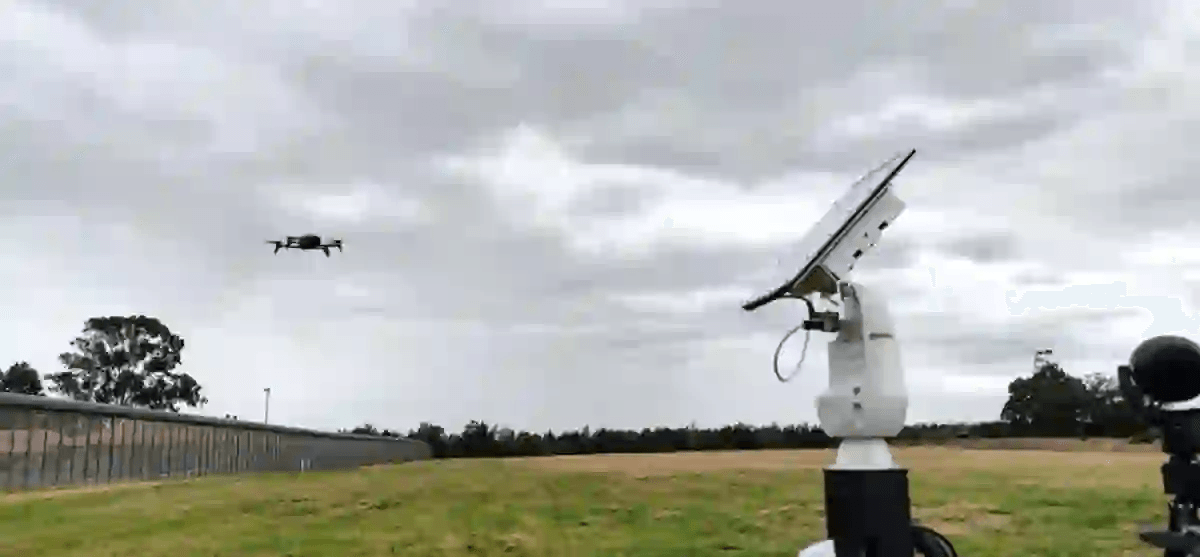
2. RF Sensors for Drone Detection
RF (Radio Frequency) sensors complement radar by detecting the communication signals between a drone and its operator. Every drone relies on RF signals—either Wi-Fi, Bluetooth, or proprietary protocols—to receive commands and transmit video or data. An RF sensor for drone detection captures these signals, analyzes their unique “fingerprints” (e.g., signal frequency, modulation type), and uses this data to:
- Confirm the presence of a drone (even if it’s too small for radar to detect).
- Identify the drone’s make and model (by matching signal signatures to a database of known UAVs).
- Locate the drone’s operator (by triangulating the source of the RF signal).
RF sensors are particularly valuable in environments where radar performance is limited, such as dense urban areas with tall buildings (which block radar waves) or indoor spaces (like warehouses or stadiums). When integrated with radar, they eliminate “false positives” (e.g., mistaking a bird for a drone) by cross-verifying detections with RF signal data.
3. Visual Confirmation Cameras
Cameras provide critical visual validation of radar or RF detections. High-resolution, PTZ (Pan-Tilt-Zoom) cameras are integrated into the drone detection system to automatically zoom in on detected objects, capture video footage, and confirm that the object is indeed a drone. Advanced cameras use AI-powered analytics to:
- Recognize drone shapes and movements (even in low light, using thermal imaging).
- Track the drone’s flight path in real time.
- Record footage for post-incident analysis or legal documentation.
Visual cameras are not standalone solutions—they rely on radar or RF sensors to guide their focus. For example, when radar detects a drone 2 km away, it sends coordinates to the camera, which immediately pans and zooms to that location. This synergy ensures that security teams never miss a threat.
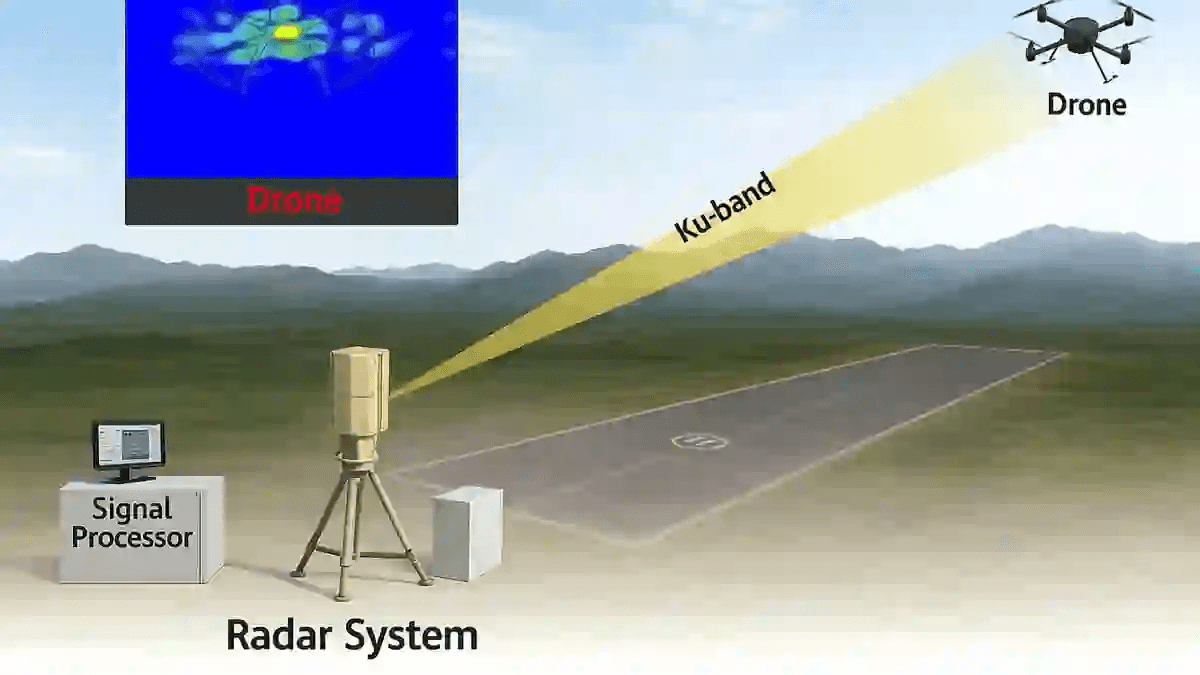
4. Centralized Software Platform
All components of the drone detection system are connected to a centralized software platform that acts as the “brain” of the system. This platform:
- Collects and integrates data from radar, RF sensors, and cameras in real time.
- Uses AI algorithms to analyze data, filter false positives, and classify threats.
- Displays a live map of the airspace, with color-coded alerts for different threat levels (e.g., “Low Risk” for hobbyist drones, “High Risk” for unauthorized UAVs near a runway).
- Sends instant alerts to security teams via email, SMS, or mobile app, with details about the drone’s location, speed, and operator (if identified).
- Generates reports for compliance (e.g., logging all drone detections at an airport for regulatory audits).
Modern software platforms are user-friendly, with customizable dashboards that adapt to different industries. For example, an airport’s dashboard might prioritize runway proximity, while a prison’s dashboard might focus on perimeter breaches.
How Does a Drone Detection Radar System Work?
To understand why radar is irreplaceable in drone detection, it’s important to break down its functionality step by step. A drone detection radar system operates on the basic principle of “radio detection and ranging”: emitting radio waves, measuring how they bounce off objects, and using that data to calculate the object’s properties. Here’s a detailed look at the process:
1.Wave Emission: The radar antenna emits a continuous stream of radio waves into the surrounding airspace. These waves travel at the speed of light (300,000 km/s) and cover a specific area (determined by the radar’s range and angle).
2.Reflection: When the waves hit a drone (or any object), a small portion of the waves bounce back toward the radar antenna. This is called a “echo.”
3.Signal Reception: The radar’s receiver picks up the echo and converts it into an electrical signal.
4.Data Calculation: The system’s processor analyzes the signal to calculate key details:
- Distance: The time it takes for the echo to return (e.g., if the echo takes 0.001 seconds to return, the drone is 150 meters away—since distance = (speed of light × time) / 2).
- Speed: The change in distance over time (using the “Doppler effect,” which measures how the wave’s frequency shifts as the drone moves toward or away from the radar).
- Direction: The angle of the antenna when the echo is received, which tells the system which direction the drone is coming from.
- Size: The strength of the echo (larger drones reflect more waves, creating a stronger signal).
5.Threat Classification: The processor uses AI algorithms to filter out non-threats (e.g., birds, balloons) by comparing the object’s size, speed, and movement pattern to a database of known drone characteristics. For example, a bird flies erratically at 20 km/h, while a commercial drone flies steadily at 50 km/h—this difference allows the system to classify the object accurately.
6.Alert Generation: If the object is classified as a drone (especially an unauthorized one), the system sends an alert to the central software platform, which then notifies security teams.
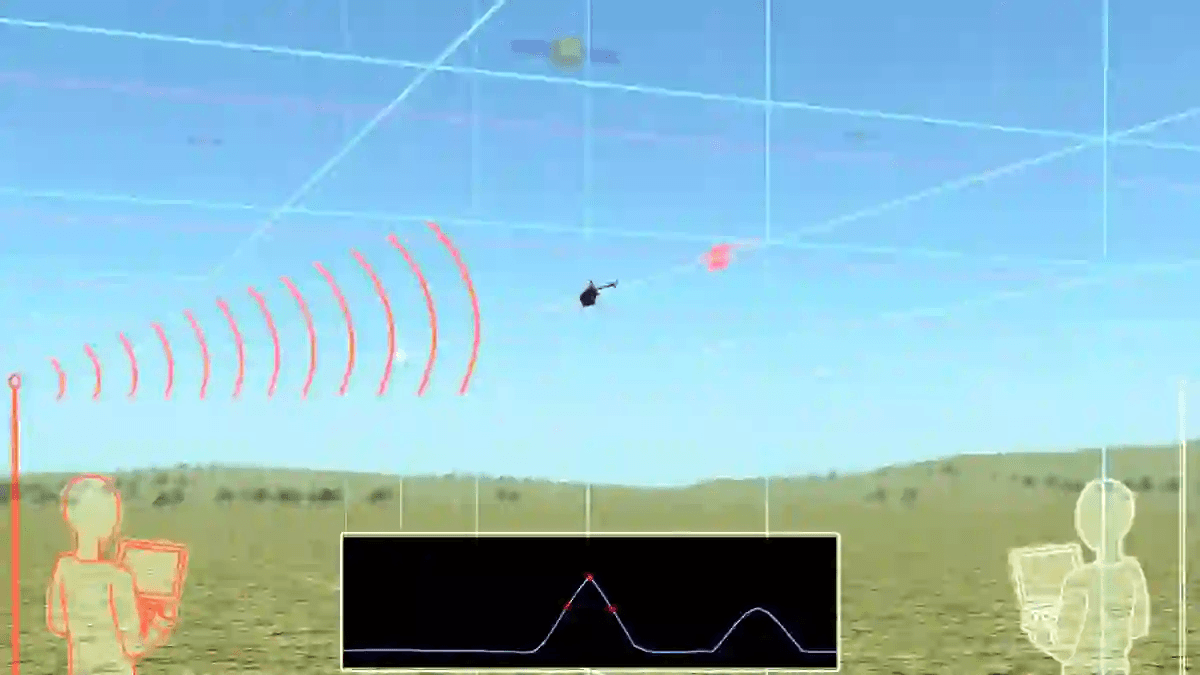
The Role of RF Sensors in Comprehensive Drone Detection
While radar excels at long-range, all-weather detection, it has limitations—especially when it comes to small drones or cluttered environments. That’s where RF sensors for drone detection come in. RF sensors fill critical gaps by focusing on the “digital signature” of drones, rather than their physical presence. Here’s why they’re essential:
1. Detecting “Stealth” Drones
Some drones are designed to be radar-resistant—either because they’re made of lightweight materials (like plastic) that reflect few radar waves, or because they fly at very low altitudes (below radar’s detection threshold). RF sensors can detect these “stealth” drones by picking up their communication signals, even if the drone itself is invisible to radar.
For example, a hobbyist drone flying 10 meters above a city street might be hidden from radar by buildings. But its RF signal (used to communicate with the operator’s smartphone) will be detected by nearby RF sensors, alerting security teams to its presence.
2. Locating the Operator
Unlike radar, which only tracks the drone, RF sensors can triangulate the location of the drone’s operator. By using multiple RF sensors placed in different locations, the system can calculate the exact position of the operator by measuring the time it takes for the RF signal to reach each sensor. This is critical for law enforcement or security teams, as it allows them to intercept the operator and prevent future incidents.
3. Reducing False Positives
One of the biggest challenges in drone detection is distinguishing between drones and other objects (like birds, kites, or even strong winds). Radar alone may trigger false alerts, which waste security teams’ time. RF sensors solve this by cross-verifying radar detections: if radar spots an object, but the RF sensor detects no drone communication signals, the system classifies the object as a non-threat and doesn’t send an alert.
4. Indoor Detection
Radar waves cannot penetrate walls, so they’re useless for indoor drone detection (e.g., in warehouses, stadiums, or shopping malls). RF sensors, however, work indoors by detecting the RF signals of drones operating inside these spaces. This makes them essential for facilities that need comprehensive coverage—both outdoors and indoors.
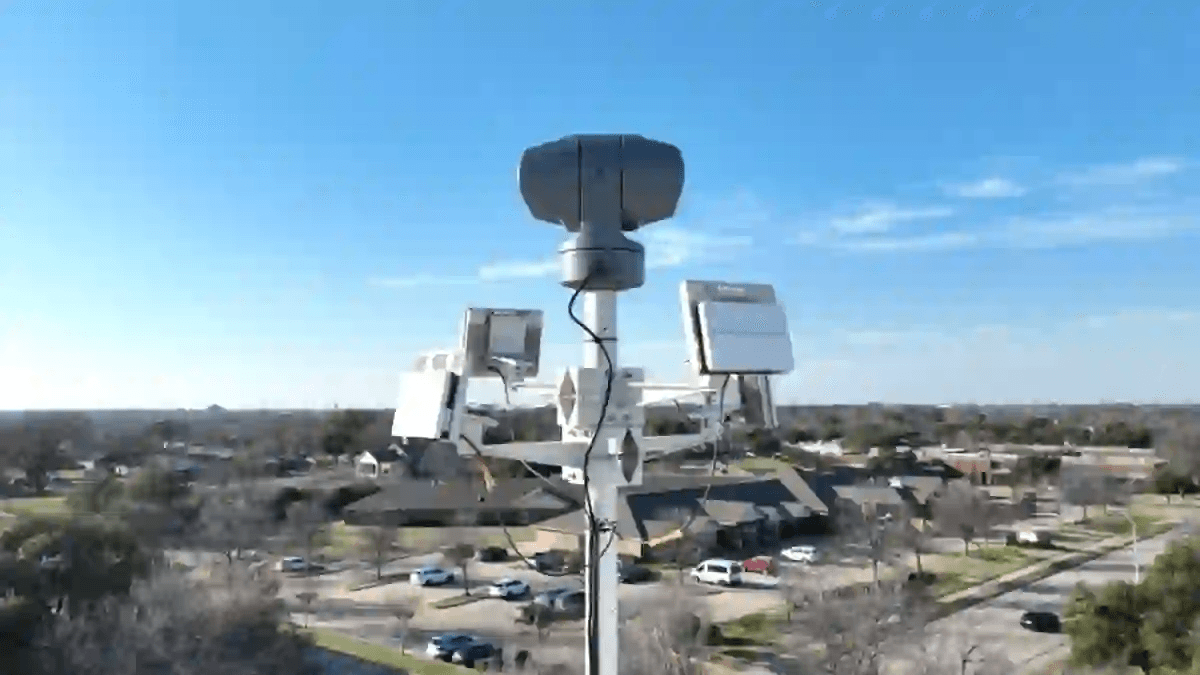
Industry Applications of Drone Detection Systems
The versatility of drone detection systems makes them valuable across a wide range of industries. Below are the most common use cases, with examples of how radar and RF technologies address specific industry challenges:
1. Aviation & Airports
Airports are among the highest-risk areas for drone incursions. A single unauthorized drone near a runway can cause flight delays, cancellations, or even collisions. Drone detection systems for airports combine long-range L-band radar (to cover the entire airspace around the airport) with RF sensors (to detect small drones near terminals) and PTZ cameras (to visually confirm detections).
For example, London Heathrow Airport uses a drone detection system that covers a 10 km radius around the airport. In 2024, the system detected 12 unauthorized drones, allowing air traffic control to pause takeoffs and landings temporarily while security teams intercepted the operators. This prevented potential disasters and minimized disruptions.
2. Critical Infrastructure
Critical infrastructure—such as power plants, water treatment facilities, and oil refineries—is a prime target for malicious drones (e.g., drones carrying explosives or used for espionage). Drone detection systems here need to cover large, remote areas and operate in harsh weather conditions.
A major U.S. power company uses X-band radar and RF sensors to protect its wind farms. The radar detects drones up to 5 km away, while the RF sensors identify the drone’s model and operator location. If a drone is detected flying near the wind turbines, the system sends an alert to security teams, who can dispatch a vehicle to intercept the operator.
3. Military & Defense
Military bases and defense facilities require the highest level of security, as drones can be used for surveillance or to deliver weapons. Drone detection systems for defense use advanced radar (capable of detecting even military-grade drones) and RF sensors (to identify encrypted communication signals). Some systems also include countermeasures, such as jammers that block the drone’s RF signals and force it to land.
The U.S. Army uses a drone detection system called “SkyGuardian” at its bases in Europe. The system integrates radar, RF sensors, and thermal cameras to detect drones day and night, and can automatically jam unauthorized UAVs within seconds of detection.
4. Public Safety & Events
Large public events—like concerts, sports games, or political rallies—are vulnerable to drone-related incidents, such as privacy breaches (drones filming crowds) or safety threats (drones carrying harmful objects). Drone detection systems for events are portable, easy to set up, and cover small to medium-sized areas.
At the 2024 Paris Olympics, organizers deployed 50 portable drone detection systems around Olympic venues. Each system included a compact radar, an RF sensor, and a smartphone app that sent alerts to security personnel. The systems detected 18 unauthorized drones during the games, all of which were intercepted before they could reach the crowds.
5. Agriculture & Farming
While drones are widely used in agriculture for crop monitoring and spraying, unauthorized drones can disrupt operations (e.g., by flying over fields and interfering with farm drones) or steal data (e.g., by filming proprietary crop layouts). Drone detection systems for agriculture are designed to cover large fields and operate in rural areas with little infrastructure.
A Brazilian soybean farm uses a drone detection system with L-band radar to cover its 10,000-acre property. The system distinguishes between the farm’s own drones (which are registered in the software) and unauthorized ones. If an unauthorized drone is detected, the system alerts the farm manager, who can contact local authorities.
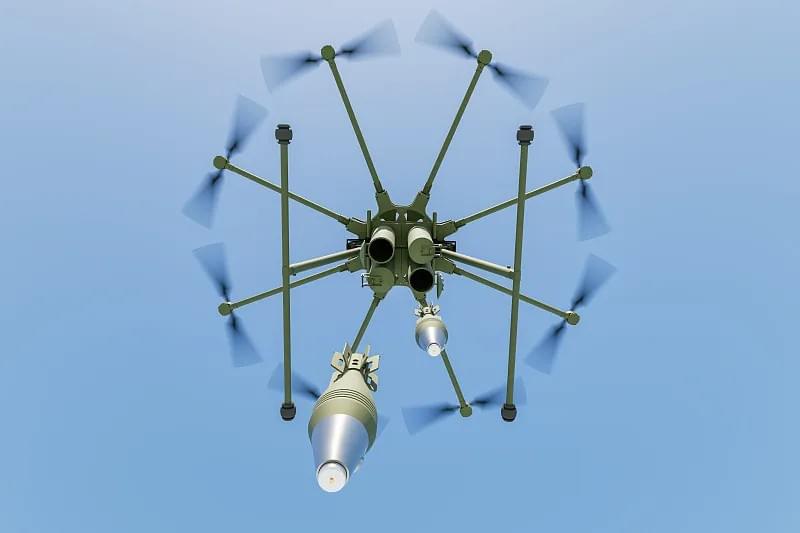
Haisen’s TQ-R Series: A Leading Drone Detection Solution
When it comes to choosing a drone detection system, Haisen’s TQ-R Series stands out as a top choice for industries worldwide. Designed for versatility, accuracy, and ease of use, the TQ-R Series integrates radar, RF sensors, and software into a single, scalable solution. Below are the key features that make it a market leader:
1. Multi-Technology Integration
The TQ-R Series combines a high-performance drone detection radar system (available in X-band or L-band) with advanced RF sensors and AI-powered software. This integration eliminates blind spots and ensures accurate detection in any environment—from urban airports to rural farms.
2. Long Range & High Precision
The TQ-R radar can detect drones up to 8 km away (for L-band models) or 3 km away (for X-band models), with a precision of ±1 meter. This allows security teams to respond early, before the drone reaches a sensitive area.
3. Full-Band RF Detection
The TQ-R’s RF sensors monitor all common drone frequency bands (2.4 GHz, 5.8 GHz, and proprietary bands), ensuring that even drones using less common protocols are detected. The sensors also have a database of over 500 drone signal signatures, allowing for quick classification of drone models.
4. User-Friendly Software
The TQ-R’s software platform features a customizable dashboard that displays real-time airspace data, including drone locations, speeds, and threat levels. The platform is compatible with mobile devices, so security teams can receive alerts and monitor the system from anywhere.
5. Scalability
The TQ-R Series is scalable, meaning it can be expanded to cover larger areas or added to existing security systems. For example, an airport can start with one TQ-R unit and add more as its needs grow, without replacing the entire system.
6. All-Weather Reliability
The TQ-R radar and RF sensors are built to withstand harsh weather conditions, including rain, snow, and extreme temperatures (-40°C to 60°C). This ensures 24/7 operation, even in the most challenging environments.
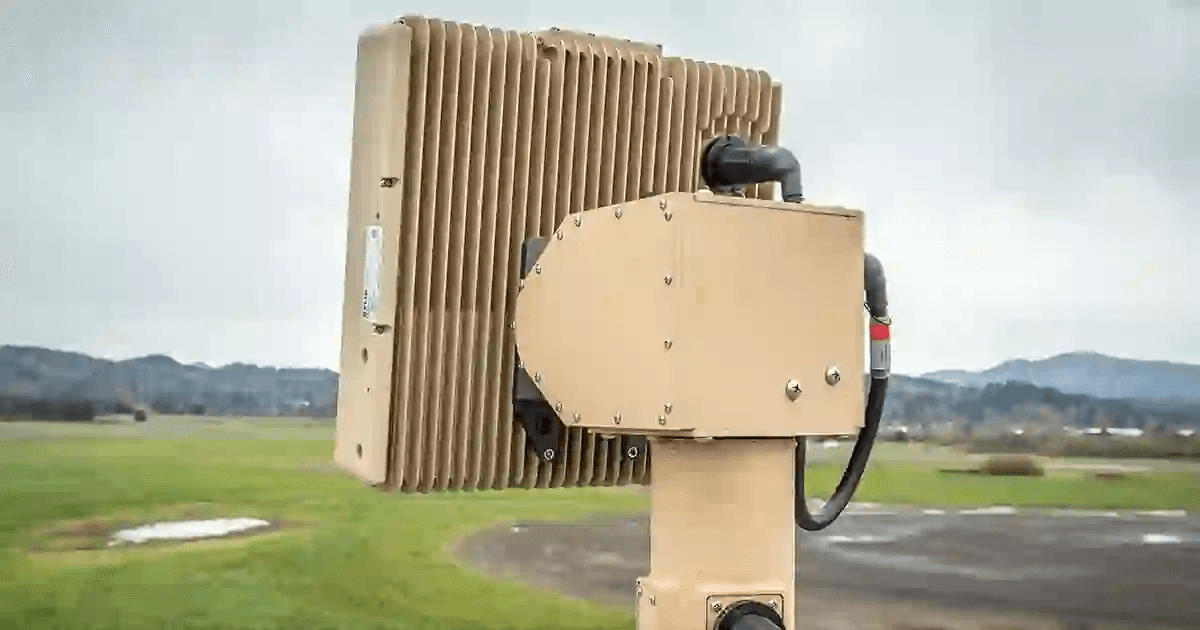
Challenges & Limitations of Drone Detection Systems
While drone detection systems are highly effective, they face several challenges that organizations need to consider when implementing them. Understanding these limitations helps ensure that you choose the right system and set realistic expectations:
1. Environmental Factors
- Weather: Heavy rain, fog, or snow can reduce radar range and accuracy. For example, thick fog may cut an L-band radar’s range from 8 km to 4 km.
- Physical Obstructions: Tall buildings, trees, or hills can block radar waves and RF signals, creating blind spots. This is a major challenge in urban areas or dense forests.
- Electromagnetic Interference: Other RF devices (e.g., cell towers, Wi-Fi routers) can disrupt RF sensors, leading to false negatives (missed detections) or false positives.
2. Legal & Regulatory Considerations
- Privacy Laws: In many countries, monitoring airspace with radar or RF sensors requires compliance with privacy laws. For example, in the EU, organizations must ensure that their drone detection system does not collect data on individuals (e.g., by filming people with cameras) without consent.
- Airspace Regulations: Drone detection systems must comply with local airspace regulations, which vary by country. For example, in the U.S., the FAA requires that drone detection systems do not interfere with air traffic control signals.
- Permits: Some jurisdictions require permits to install radar or RF sensors, which can delay implementation. Organizations should research local laws before purchasing a system.
3. Technological Limitations
- Small Drones: Very small drones (e.g., nano-drones weighing less than 250 grams) may be difficult for radar to detect, as they reflect few radio waves. RF sensors are more effective here, but even they may miss drones with weak signals.
- Autonomous Drones: Drones that operate without a human operator (autonomous drones) do not emit RF signals, making them invisible to RF sensors. Radar can detect them, but they may be mistaken for other small objects (like birds).
- Countermeasures: Some malicious actors use technology to jam radar or RF sensors, rendering the drone detection system ineffective. To address this, modern systems include anti-jamming features, but these add to the cost.
How to Choose the Right Drone Detection System for Your Needs
Selecting the right drone detection system requires a careful assessment of your specific needs, environment, and budget. Below is a step-by-step guide to help you make an informed decision:
Step 1: Define Your Threat Model
Start by identifying the types of drones you need to detect and the risks they pose. For example:
- An airport may need to detect large commercial drones and small hobbyist drones near runways.
- A power plant may focus on detecting drones carrying explosives or surveillance equipment.
- A farm may need to detect unauthorized drones that interfere with its own agricultural drones.
Your threat model will determine the range, precision, and technologies you need (e.g., long-range radar for airports, RF sensors for farms).
Step 2: Assess Your Environment
Consider the environment where the system will be installed:
- Urban vs. Rural: Urban areas require X-band radar (for precision) and RF sensors (to avoid blind spots from buildings). Rural areas need L-band radar (for long range).
- Weather Conditions: If you’re in a rainy or snowy region, choose a system with weather-resistant components (like Haisen’s TQ-R Series).
- Indoor vs. Outdoor: If you need indoor detection, prioritize RF sensors and cameras (since radar doesn’t work indoors).
Step 3: Evaluate System Features
Compare different systems based on key features:
- Range: Ensure the system’s radar range covers your entire area (e.g., an 8 km range for a large airport).
- Accuracy: Look for systems with high precision (±1 meter or less) to avoid false alerts.
- Integration: Choose a system that can integrate with your existing security tools (e.g., access control systems, CCTV cameras).
- Software: Opt for a user-friendly software platform with customizable dashboards and mobile alerts.
Step 4: Consider Scalability & Cost
- Scalability: Choose a system that can grow with your needs (e.g., Haisen’s TQ-R Series, which can be expanded with additional units).
- Total Cost of Ownership: Factor in not just the initial purchase cost, but also installation, maintenance, and training costs. A cheaper system may have higher long-term costs if it requires frequent repairs.
Step 5: Test Before You Buy
Many manufacturers offer demo units or pilot programs. Test the drone detection system in your environment to ensure it meets your needs. For example, you could simulate a drone incursion and see how quickly the system detects and alerts you.
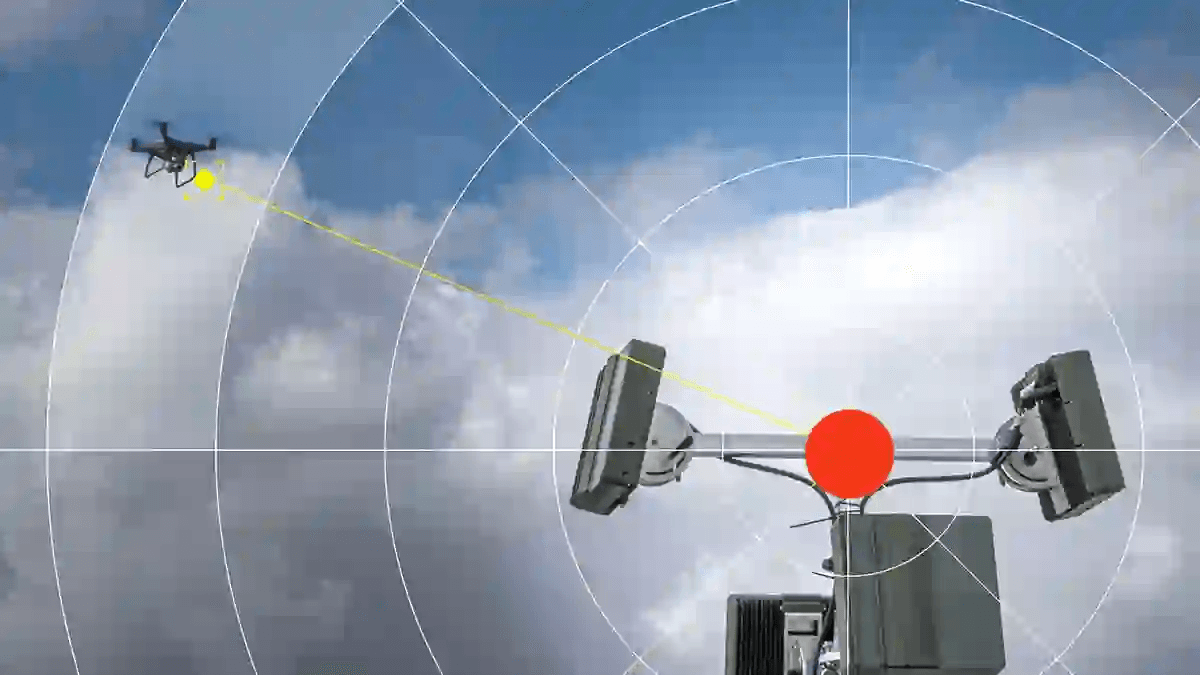
Future Trends in Drone Detection Technology
The field of drone detection systems is evolving rapidly, driven by advancements in AI, radar, and RF technology. Below are the key trends to watch in the coming years:
1. AI-Powered Analytics
Future systems will use more advanced AI algorithms to improve detection accuracy and reduce false positives. For example, AI will be able to analyze a drone’s flight pattern (e.g., erratic vs. steady) to determine if it’s a threat, and even predict its future path.
2. 5G Integration
5G networks will enable faster data transmission between drone detection system components (radar, RF sensors, software), reducing latency and allowing for real-time responses. 5G will also support more devices per system, making it easier to scale coverage.
3. Multi-Sensor Fusion
Systems will increasingly combine radar, RF sensors, cameras, and even acoustic sensors (which detect drone engine noise) into a single network. This “multi-sensor fusion” will eliminate blind spots and ensure detection in any scenario—even for autonomous drones.
4. Countermeasure Integration
More systems will include built-in countermeasures, such as jammers (to block drone signals) or nets (to physically capture drones). These countermeasures will be automated, allowing the system to neutralize threats without human intervention.
5. Cloud-Based Software
Cloud-based software platforms will become more common, allowing organizations to monitor their drone detection system from anywhere and share data with other security teams (e.g., airports sharing data with local law enforcement). Cloud platforms will also enable over-the-air updates, ensuring the system always has the latest features and threat signatures.
Conclusion: Invest in a Drone Detection System for Long-Term Security
In 2025, drones are more common—and more capable—than ever before. While they offer many benefits (e.g., faster deliveries, better crop monitoring), they also pose significant security risks. A reliable drone detection system is the only way to protect your facility, employees, and assets from unauthorized or malicious drones.
Whether you’re an airport, a power plant, or an event organizer, the key to choosing the right system is to prioritize integration (radar + RF sensors + software), scalability, and all-weather reliability. Solutions like Haisen’s TQ-R Series check all these boxes, providing a comprehensive, user-friendly way to monitor your airspace.
Don’t wait until a drone incident disrupts your operations or puts lives at risk. Invest in a drone detection system today and secure your skies for the future.
